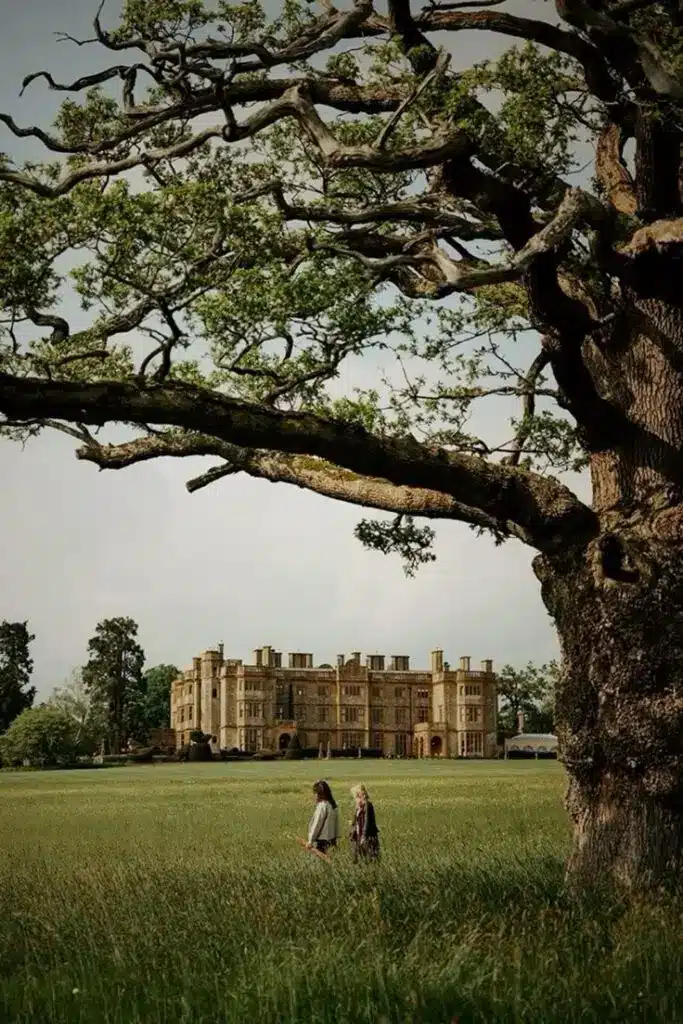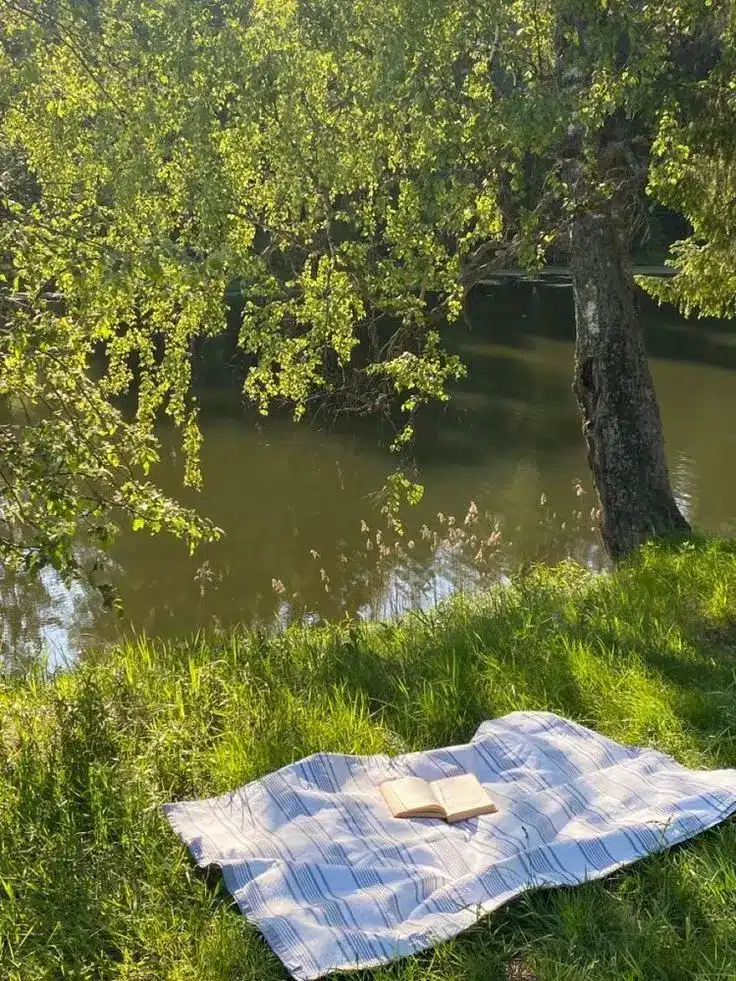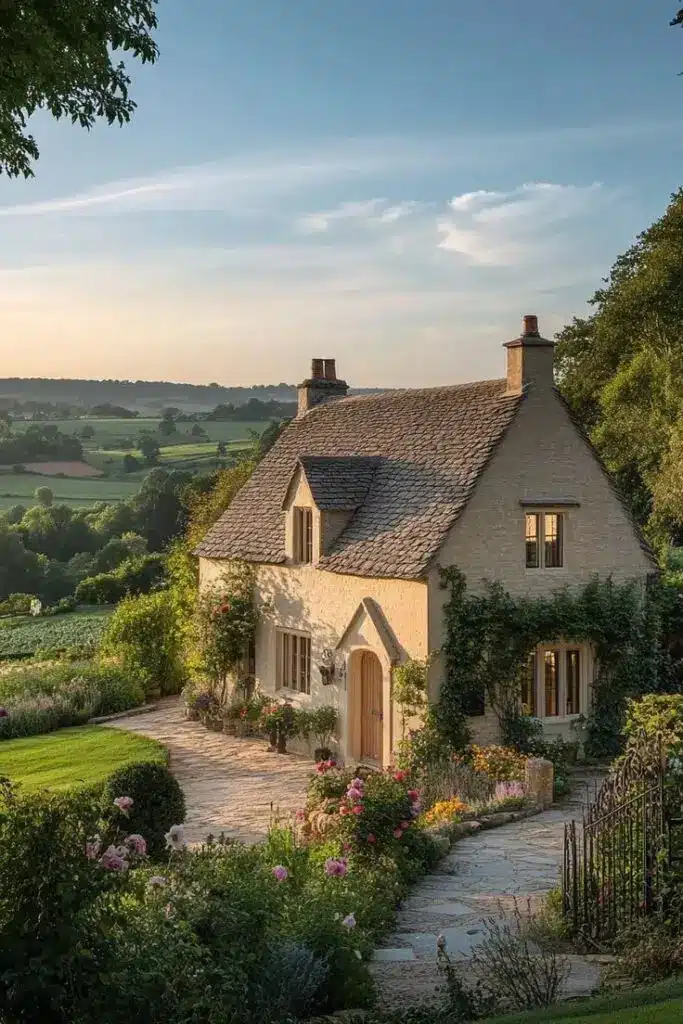The British countryside aesthetic evokes a sense of charm and tranquility, characterized by a blend of rustic elements and sophistication. From the rolling hills to quaint cottages, this style is deeply rooted in nature and tradition. Embracing earth tones, relaxed silhouettes, and timeless patterns like tartan and tweed, individuals can effortlessly capture the essence of the countryside in their everyday lives.
Fashion inspired by this aesthetic often mirrors the lifestyles of off-duty royals, showcasing classic yet comfortable pieces ideal for both leisurely strolls and elegant gatherings. Accessories such as riding boots and barn jackets complete the look, making it easy to embrace this cozy yet chic vibe. With its emphasis on sustainability and craftsmanship, the British countryside style reflects a growing appreciation for quality and authenticity in a fast-paced world.
As interest in this aesthetic surges, many are looking for ways to infuse their homes and wardrobes with countryside charm. Whether through statement pieces in fashion or decor inspired by the whimsical nature of the English landscape, adopting this style can bring a little bit of rural elegance into daily life.
Historical Evolution of the British Countryside
The British countryside has undergone significant transformations shaped by cultural movements and legislative changes. This section explores the influence of Romanticism, which idealized nature, and the Enclosure Acts, which fundamentally altered the landscape and use of land.
Romanticism and the Pastoral Ideal


During the Romantic period, spanning the late 18th to the early 19th century, artists and writers celebrated the beauty of the British countryside. This era marked a shift towards appreciating nature’s emotional and aesthetic value, often portraying pastoral themes in literature and art.
Prominent figures like William Wordsworth and John Constable focused on idyllic scenes that evoked feelings of nostalgia and tranquility. Their works emphasized the juxtaposition between nature and industrialization, advocating for a return to simpler, rural lifestyles.
The Romantic ideal fostered a deeper connection to the landscape, reinforcing the belief that nature was a source of inspiration and moral purity. These sentiments influenced landscape design, resulting in picturesque gardens and rural retreats that mirrored the era’s aesthetic values.
The Enclosure Acts and Landscape Transformation


The Enclosure Acts, enacted from the 18th century onwards, played a crucial role in reshaping the British countryside. These laws allowed landowners to consolidate and enclose common lands, drastically altering traditional farming practices.
As a result, open fields were replaced with privately owned plots, leading to increased agricultural efficiency. This transformation eliminated the communal use of land, impacting rural communities and altering the social fabric of the countryside.
The landscape itself changed dramatically, with hedgerows and fences becoming common features. The enclosed land often emphasized agricultural productivity over natural aesthetics, reflecting a shift in priorities. Consequently, many rural inhabitants experienced displacement, further complicating the relationship between people and the land.
Natural Elements of the British Countryside
The British countryside boasts a rich tapestry of natural elements that contribute to its unique aesthetic. From diverse plant life to captivating geographical features, this landscape is shaped by a harmonious blend of flora, fauna, and geographic formations.
Flora: Hedgerows and Gardens


Hedgerows are a quintessential feature of the British countryside. These dense, leafy boundaries serve both functional and ecological purposes. They provide a habitat for various species and act as natural fences between fields. Often consisting of native plants like hawthorn, blackthorn, and elder, hedgerows play a crucial role in biodiversity.
Countryside gardens also reflect the rich flora of the region. Many gardens feature native wildflowers, herbs, and traditional plants. Cottage gardens, known for their informal layout, showcase colorful blooms like roses, foxgloves, and lupins. This variety not only enhances beauty but supports local pollinators and other wildlife.
Fauna: Native Wildlife and Farm Animals


The fauna of the British countryside is equally diverse. It hosts a range of native wildlife, including rabbits, deer, and a variety of birds such as skylarks and yellowhammers. Conservation efforts help protect these species and their natural habitats, promoting a balanced ecosystem.
Farm animals contribute to the rural charm as well. Sheep and cows are common sights grazing on lush pastures. Breeds like the Herdwick sheep or Guernsey cows exemplify the agricultural heritage of the area. These animals support local farming economies and connect people to their food sources.
Geographical Features: Rolling Hills and Water Bodies


The landscape features rolling hills and expansive fields that characterize the British countryside. These hills often provide stunning vistas that are perfect for walks and hikes. Areas like the Cotswolds are famous for their picturesque hills, offering a serene escape into nature.
Water bodies, including rivers and lakes, add to the scenic beauty. The River Thames, for instance, flows through charming villages, enhancing the rural experience. Ponds and streams are also vital for local wildlife, providing essential resources for many species. This blend of geographical features creates a picturesque environment that invites exploration and appreciation.
Architectural Features
The architectural features of British countryside aesthetics reflect a rich tapestry of regional styles and historical significance. From quaint cottages to majestic ruins, these structures embody the charm and character synonymous with the countryside.
Cottage Styles across Different Regions


Cottages vary significantly across the British landscape, showcasing unique regional characteristics.
- Cornish Cottages: Known for their granite walls and thatched roofs.
- Cotswold Stone Cottages: These are often characterized by their honey-colored stone exteriors and steeply pitched roofs.
- Yorkshire Dales: Here, traditional dry-stone walls and robust slate roofs are prominent, blending seamlessly with the surrounding landscape.
Each style is not only functional but also tells a story about the local culture and materials available. The intimate scale and inviting aesthetics of these cottages make them emblematic of the British countryside.
Historical Landmarks and Ruins


The countryside is dotted with historical landmarks and ruins that echo the past.
- Ruins of Abbeys and Castles: These often weathered structures create dramatic contrasts with the lush greenery surrounding them.
- Manor Houses: Featuring grand facades and landscaped gardens, these homes represent a bygone era of aristocracy.
Each landmark conveys a sense of history that enriches the countryside experience. The architectural detailing in these structures often showcases craftsmanship that has stood the test of time, making them alluring for both residents and visitors.
Cultural Significance
The cultural significance of the British countryside aesthetics is profound, influencing various art forms and media. This section explores its impact on literature and its vibrant representation in film and television.
Literature and the Countryside


Literature has long celebrated the British countryside, often portraying it as a symbol of beauty and tranquility. Authors like Thomas Hardy and George Eliot have crafted narratives deeply rooted in rural settings. These works often reflect the complexities of rural life, intertwining themes of nature and human experience.
The countryside serves as a backdrop for exploring social issues, showcasing the contrast between urban and rural life. In contemporary literature, writers often evoke nostalgia and a longing for simpler times, connecting readers to the serene landscapes and rich traditions of rural Britain.
Countryside in Film and Television


Film and television further amplify the allure of the British countryside through visual storytelling. Productions like “Pride and Prejudice” and series such as “Doc Martin” highlight the scenic beauty of rural locations.
These media forms celebrate quintessential British landscapes, often portraying the countryside as a character in its own right. The aesthetics of lush green hills and quaint villages help communicate themes of community, tradition, and identity. Additionally, countryside settings often provide a stark contrast to urban dramas, enhancing the emotional depth of narratives.
Through this lens, the countryside becomes more than just a setting; it reflects cultural values and collective memory.
- 74shares
- Facebook0
- Pinterest74
- Twitter0


